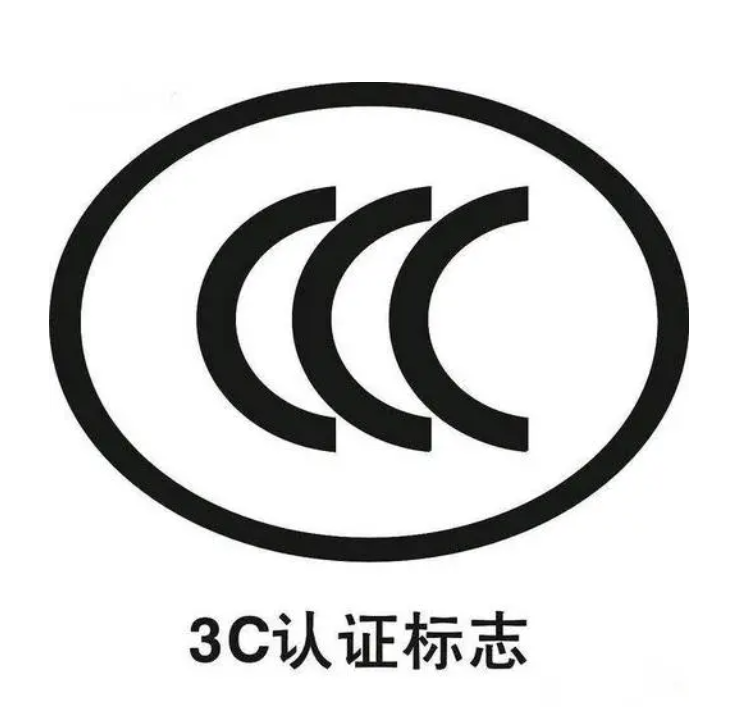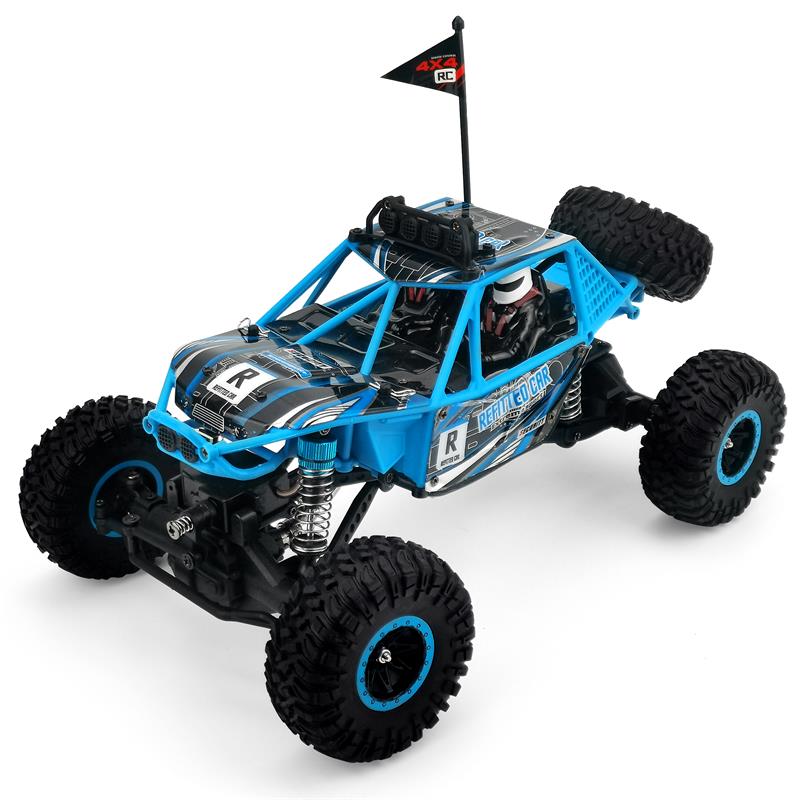How to choose toys suitable for children ?
 Jul 08,2023
Jul 08,2023

 Dreamhouse
Dreamhouse
Games are the main work of children in their daily life, and toys, as a medium, play an important role in children's games. Appropriate toys can not only increase children's interest in life, enrich knowledge, develop abilities, but also help to cultivate the healthy development of children's personality.
Five Principles For Choosing Toys
Principle 1: Prioritize the safety of toys
1. Buy toys with quality certification (3C mark)
Parents should pay attention to check whether the product instructions and product labels are complete when purchasing toys. If the purchased toys are unqualified, it is very likely to endanger the health of children. For example, exposure to certain plastic toys that illegally add plasticizers can increase the risk of precocious puberty in children.

2. Avoid buying toys with potential safety hazards
Be careful to buy toys that may have small parts that are easy to fall off, and avoid buying products that have small magnetic parts, sharp metal edges, and rough burrs. In particular, do not let children play with toys that contain small parts with strong magnetism to prevent accidental swallowing or inhalation.
Principle 2: Choose toys according to children's age characteristics and developmental stages
1. 0~1 years old, choose toys that can promote sensory development
In terms of vision, parents can choose toys with bright colors and obvious color contrast to attract the baby's visual attention and exercise the baby's visual sensitivity; in terms of hearing, parents can choose hand rattles/rattles to exercise the baby's ability to perceive sound; in terms of touch , You can use hole books, plush toys, tactile balls and other tactile toys to stimulate your baby's desire to explore.
2. 1~2 years old, choose toys that promote language development
Babies at this stage have made significant progress in gross movements, and their language has entered the "explosive period". At this time, parents can choose some sound-producing toys, such as musical toys, to induce the baby to pronounce.
3. 2~4 years old, choose toys that promote the baby's cognitive ability
At this stage, the baby begins to learn some basic concepts, such as size, shape, color, etc. The baby's small hands are more flexible than before, and the body's motor ability is also stronger. At this time, you can prepare some toys for the baby to help the baby recognize colors, learn concepts such as shapes, and expand the baby's cognitive range. Such as: building blocks, puzzles, picture books and play house toys.
4. 4~6 years old, choose educational toys
At this stage, the child's imagination is further enriched, and abstract thinking begins to develop gradually. You can choose some intellectual toys for the child to stimulate the child's thirst for knowledge and exploration, and then promote the development of the child's thinking. Such as: detachable model cars, jigsaw puzzles, six-sided puzzles, etc.; Transportation toys, board toys, electronic toys, or sports and competitive toys can promote the development of children's willpower and social skills.
Principle 3: According to the personality differences of children, "make use of strengths and make up for weaknesses"
1. Choose toys according to the child's personality characteristics
Children with different temperament types show different personality traits. For example: choleric children are emotionally impulsive and easily distracted, so it is necessary to consciously choose some toys for the children that can guide them to concentrate and play quietly, such as puzzles, beads or Rubik's cube toys; If you are restrained, you can consider buying some more active toys, such as bouncing balls.
2. "Cultivate strengths and make up for weaknesses" to promote children's all-round development
The developmental level of children in different areas may be uneven, for example: some children have good motor ability development, but their language ability is relatively underdeveloped. Therefore, it is recommended that you use pictures to screen and monitor your child's early development. The picture can comprehensively screen the baby's communication, gross movement, fine movement, problem solving and personal-social aspects from 1-66 months, and help parents find developmental deficiencies as early as possible. If the child's development in a certain energy area is not ideal, parents can choose more toys for the child to promote the level of development in this area, so as to promote the child's overall development.
Principle 4: Pay attention to the functionality of toys
The more expensive the toy, the better. A good toy should not only be flexible in play, but also able to evolve as the child grows older. Open toys such as puzzles, building blocks, colored clay, and sand do not have uniform operating standards, and children of all ages can play with them, and children can obtain different gains through continuous changes during the operation process.
Principle 5: Choose Smart Toys Carefully
With the Internet of Things and artificial intelligence technology entering the toy field, children's smart toys have gradually entered thousands of households, such as early education robots, smart watches and tablet computers, etc., which make children love it... Although these smart toys have powerful educational functions, However, using such toys for a long time will make children develop the habit of "passive learning", and even have a negative impact on children's imagination, creativity and interpersonal interaction skills. Therefore, it is recommended that parents minimize the time children spend in contact with such toys when giving them such toys.









 HOME
HOME Four exhibitions on the same stage, share resources, and jointly explore trend culture
Four exhibitions on the same stage, share resources, and jointly explore trend culture  You May Also Like
You May Also Like






















 Tel
Tel
 Email
Email
 Address
Address




